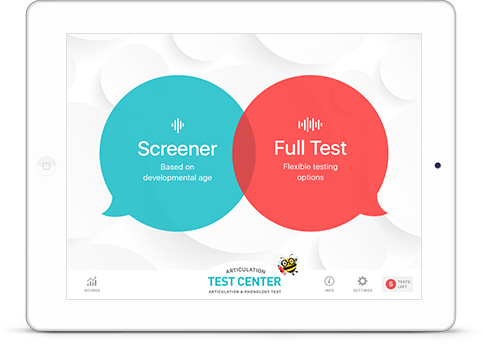Little Bee Speech
Apps for Speech and LanguageArticulation Test Center Hive
After many years of supporting SLPs all over the world, Articulation Test Center Pro has been officially retired and is no longer available on the App Store. It has been replaced with Articulation Test Center Hive, a criterion-referenced articulation & phonology assessment that is quick and easy to administer, delivers in-depth test results, and an auto-generated report. Learn more HERE.
For iPad, iPhone and silicon Mac